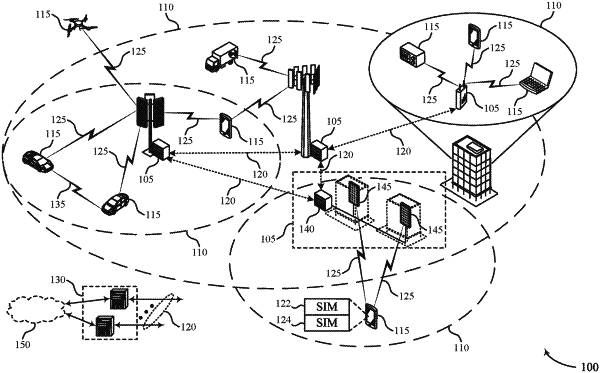| CPC H04W 52/0232 (2013.01) [H04W 8/20 (2013.01); H04W 52/0216 (2013.01); H04W 76/28 (2018.02)] | 30 Claims |

|
1. A method for wireless communication at a device, comprising:
receiving first wireless communications associated with a first radio access technology during one or more of a first active duration associated with a first power mode or a first inactive duration associated with a second power mode that consumes less power than the first power mode; and
receiving second wireless communications associated with a second radio access technology during one or more of a second active duration associated with the first power mode or a second inactive duration associated with the second power mode, the device operating in a third power mode different from the second power mode during at least a portion of the second inactive duration when the first active duration associated with the first radio access technology overlaps with the second active duration associated with the second radio access technology, wherein the device switches from the first power mode to the third power mode without reconfiguring one or more radio frequency front-end switches shared between the first radio access technology and the second radio access technology.
|